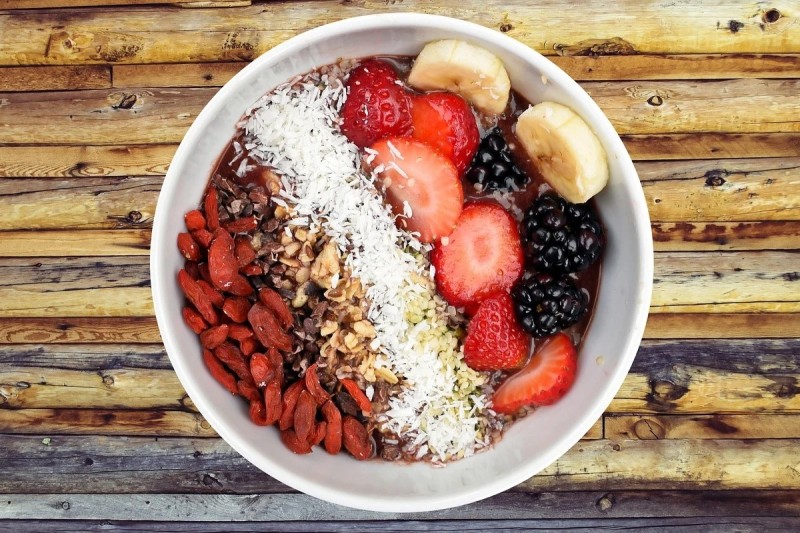
It’s no secret that dietary fiber is important for healthy digestion. It seems every advertisement and grocery store is boasting products that are “high in fiber.” But what exactly does fiber do? A lot, actually. There are two primary types of dietary fiber: soluble fiber and insoluble fiber, both of which are important for your body’s health.
Soluble fiber dissolves in water or other fluids in your body. As it does, it forms a gel-like consistency in your digestive tract. According to the Cleveland Clinic, this gel-like soluble fiber has many health benefits. These include nourishing the beneficial bacteria in your gut, inhibiting the absorption of fat, reducing cholesterol and blood sugar levels, and helping you feel fuller longer. Soluble fiber has also been associated with lowering the risk of heart disease.
You should aim for a minimum of 25 to 30 grams of total dietary fiber per day, though more is better. To help you meet your dietary fiber needs, keep reading to learn about soluble fiber foods.
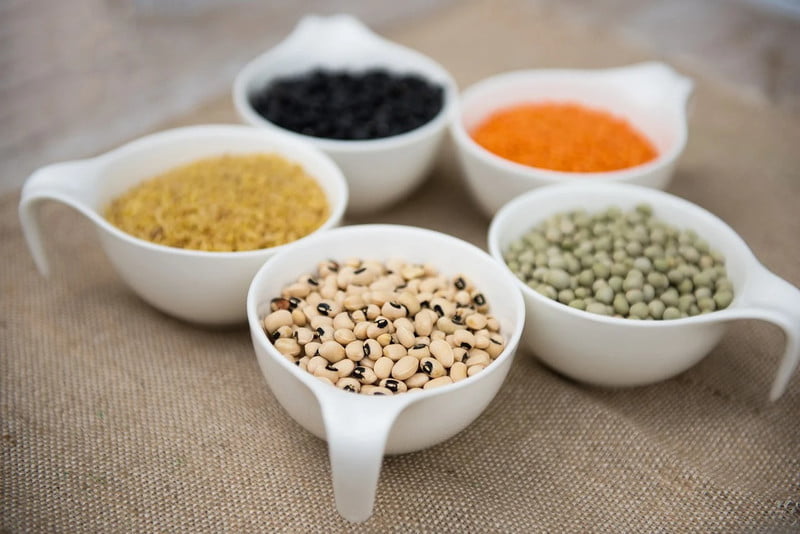
Beans
Legumes, particularly beans and lentils, are among the best dietary sources of soluble fiber. These nutritional powerhouses aren’t just a great source of protein for people following plant-based diets, but they’re also packed with minerals like magnesium and potassium. Beans are also very high in fiber, including soluble fiber specifically.
Black beans
A cup (172 grams) of black beans provides an impressive 15 grams of fiber, of which a fair amount is soluble fiber. A three-quarters cup serving (129 grams) of cooked black beans, for instance, provides nearly 5.5 grams of soluble fiber. This is approximately 40% to 60% of the RDA of dietary fiber for adults.
Black beans contain pectin, which is a type of soluble fiber that forms a gummy, gel-like consistency in water. This fiber-rich food can help you feel fuller for a longer period of time because it slows the emptying of food from your stomach to your intestines for further digestion. Studies have shown that pectin can also reduce blood sugar spikes by slowing the rate of digestion and subsequent release of glucose into the bloodstream.
Pectin is also considered a prebiotic fiber, which is the type of fiber that the beneficial bacteria in your gut ferment. By consuming foods high in probiotics, you can improve the health of your gut microbiome, which in turn aids your digestive and immune health.
Lima beans
Lima beans aren’t actually all that high in total dietary fiber compared to many other popular types of beans, but their soluble fiber content is nearly as high as that of black beans. Each three-quarters cup (128 gram) serving of cooked lima beans (raw lima beans are toxic!) provides 5.3 grams of soluble fiber.
Navy and kidney beans
Navy beans and kidney beans are also high in soluble fiber, with roughly 4.4 grams per serving.
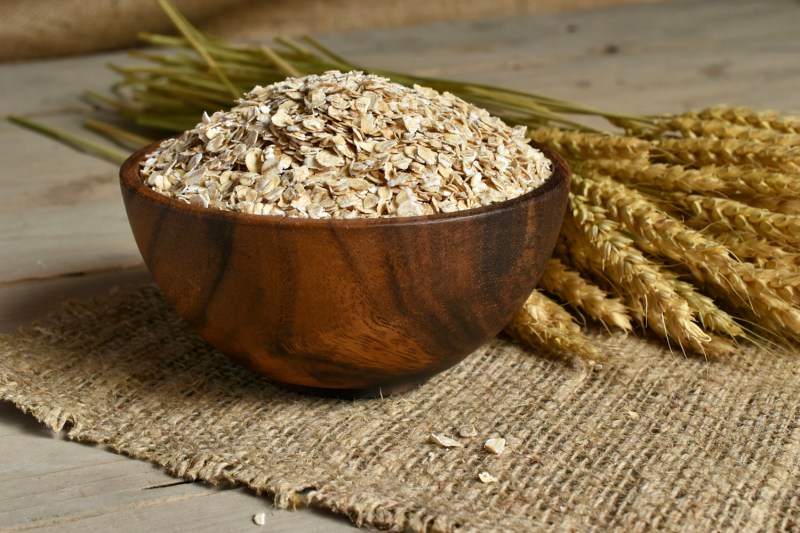
Oats
Oats are highly versatile cereal grains that provide complex carbohydrates, largely due to their fiber content. Oats are high in soluble fiber because they are rich in beta-glucan, a type of soluble fiber that has been shown to reduce LDL (“bad”) cholesterol, improve blood sugar, and reduce your risk of heart disease. Interestingly, beta-glucan imparts the sticky, creamy texture to porridge.
One and one-quarter cup (100 grams) of dry oats has 10 grams of dietary fiber, with 4.2 grams of soluble fiber, of which 3.6 is beta-glucan. This is obviously a large serving, so a more standard three-quarters cup of cooked oats has 1.9 grams of soluble fiber.
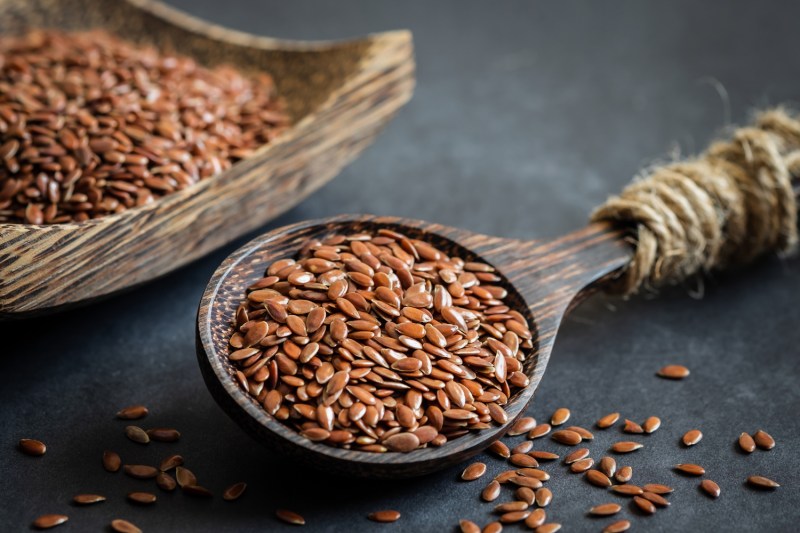
Flaxseeds
Each tablespoon of flaxseeds has 1.1 grams of soluble fiber. Flaxseeds are also packed with omega-3 fatty acids, which can improve the health of your heart and brain, and may reduce inflammation in the body. Try sprinkling flaxseeds on salads, oatmeal, cereal, or yogurt, or adding them to smoothies.
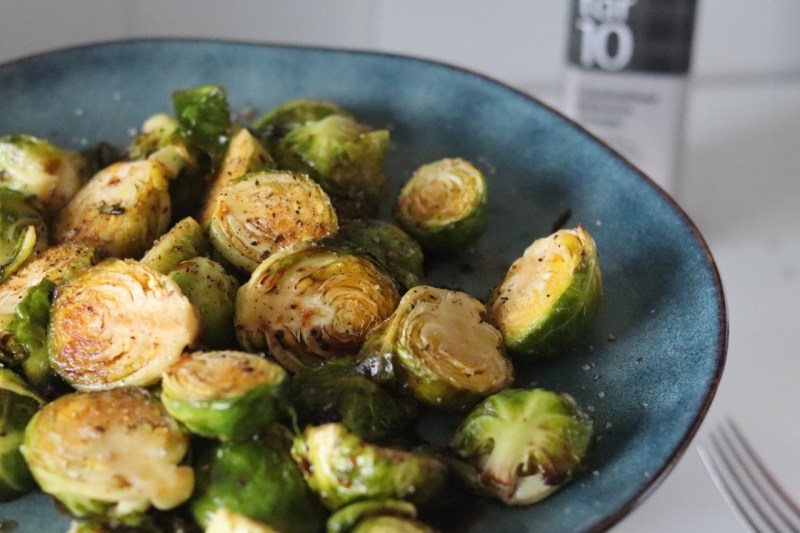
Brussels sprouts
Brussels sprouts are nutritious vegetables that belong to the cruciferous family, alongside healthy vegetables like broccoli, kale, and cauliflower. Cruciferous veggies provide tons of nutrients, including vitamin C, vitamin K, protein, fiber, and numerous essential minerals.
Brussels sprouts are also high in soluble fiber. Each half-cup (78 grams) of Brussels sprouts has 2 grams of soluble fiber. Again, this soluble fiber feeds the beneficial bacteria in your gut, which, in turn, protects the lining of your digestive tract, synthesizes vitamins B and K, strengthens your immune system, and protects your body against pathogenic organisms.
Broccoli is also high in soluble fiber. One-half cup (92 grams) of cooked broccoli offers 1.5 grams of soluble fiber.
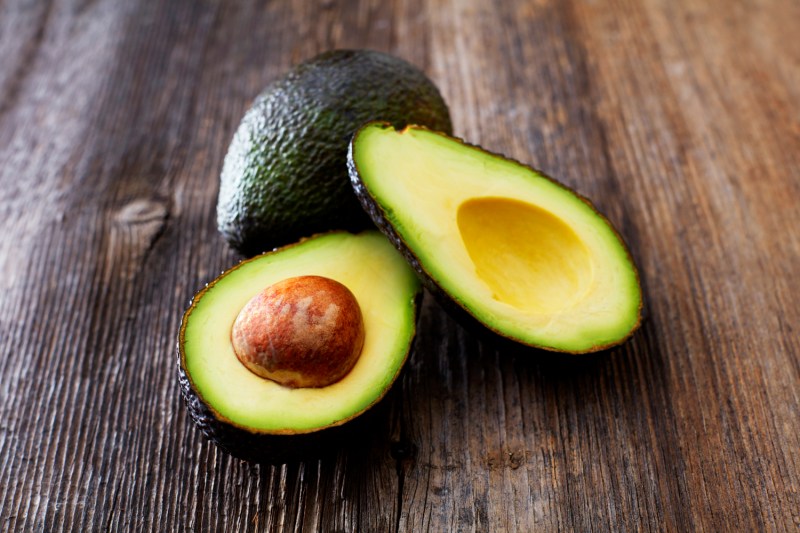
Avocados
Avocados are quite popular these days, enjoyed in everything from salads and sandwiches to whipped desserts. They are packed with dietary fiber and heart-healthy monounsaturated fats, potassium, and vitamin E. One whole, medium-sized avocado has nearly 14 grams of dietary fiber or nearly half of your daily requirement.
Moreover, one serving of the fruit, which is about one-third of an avocado, has 4.5 grams of dietary fiber, of which 1.4 grams are soluble fiber. If you bump up your serving size to a half avocado, you’ll get 2.1 grams of soluble fiber.
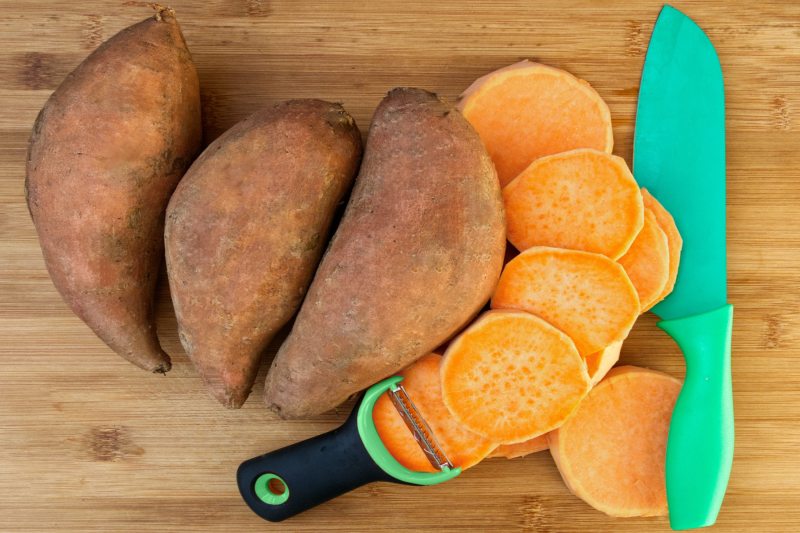
Sweet potatoes
Sweet potatoes are packed with vitamin C, and vitamin A in the form of beta-carotene, potassium, and fiber. A medium-sized sweet potato provides over 400% of the Reference Daily Intake (RDI) of vitamin A, a fat-soluble nutrient crucial for eye health, as well as roughly 4 grams of fiber, with 2 grams being soluble fiber. One-half cup (150 grams) of cooked sweet potatoes has about 1.8 grams of soluble fiber.
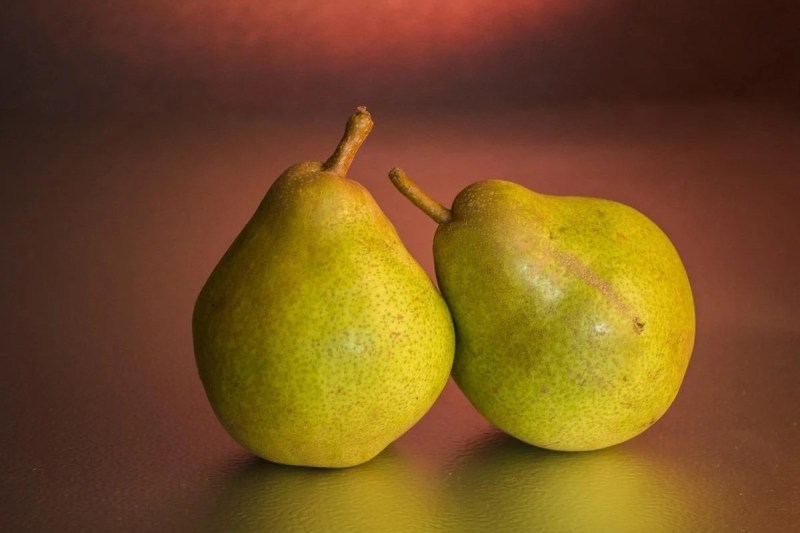
Pears
Several fruits are also high in soluble fiber, including pears. These crisp, refreshing fruits provide vitamin C, antioxidants, potassium, and 5.5 grams of total dietary fiber per medium-sized pear. Pears are high in pectin, a soluble fiber, which is why nearly 30% (or about 1.5 grams) of their total dietary fiber is soluble fiber.
Other fruits relatively high in soluble fiber include oranges, apricots, nectarines, and apples. Dried fruit can also be a highly concentrated source of soluble fiber. For example, one-quarter cup of dried figs contains nearly 2 grams of soluble fiber.
Editors' Recommendations
- Got the munchies? Good healthy snacks don’t have to be boring
- 11 delicious high-carb foods that are actually healthy for you
- 11 foods high in gluten to avoid on a gluten-free diet
- High protein diets: Everything you need to know
- 9 best food sources for getting beta-carotene in your diet




